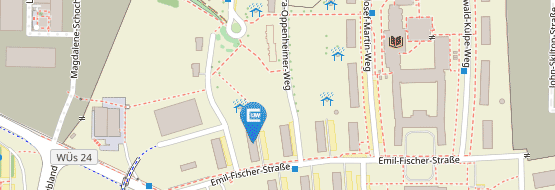Cosmic-Ray Spallation and Excitation
Nuclear Physics in Space: Predicting the Cosmic-Ray Induced Gamma-Ray Spectrum
The interactions of low-energy cosmic rays (<100 MeV) provide a window to study many astrophysical phenomena such as ionisation inside molecular clouds (missing link to star formation), the activation of chemical reactions on icy dust grains (astrochemistry, cradle of life), the chemical composition of cosmic rays compared to supernova ejecta (the injection problem for particle acceleration), and the spallation yields of light elements (the lithium problem).
Many of the nuclear cross sections involved have large measurement uncertainties, but could be gauged with astrophysical observations. This work aims at predicting the astrophysical quantities (mainly energetics, gamma-ray spectra, and abundances) related to the spallation and nuclear excitation of cosmic rays, supernova and other explosive ejecta, and the interstellar medium. In a larger project, a student could start with analytical calculations in a Bachelor thesis, towards a more sophisticated approach in a Master thesis using the versatile TALYS code to model nuclear reactions. Both options are possible.
More information:
Recent and related publications:
- Summa, Elsässer, Mannheim (2011): https://ui.adsabs.harvard.edu/abs/2011A%26A...533A..13S/abstract
- Bing et al. (2021): https://ui.adsabs.harvard.edu/abs/2021A%26A...646A.149L/abstract
Contact persons:
Prof. Dr. Karl Mannheim: karl.mannheim@uni-wuerzburg.de
Dr. Thomas Siegert: thomas.siegert@uni-wuerzburg.de

![[Translate to Englisch:] [Translate to Englisch:]](/fileadmin/_processed_/d/c/csm_artistic-illustration-of-an-AGN_3fb3908d5c.png)
